The 19th-Century Affordable Artworks That Were the Original Carnival Game Prizes
MEMPHIS — Chalkware was one of the earliest affordable arts available to a large population in the United States.
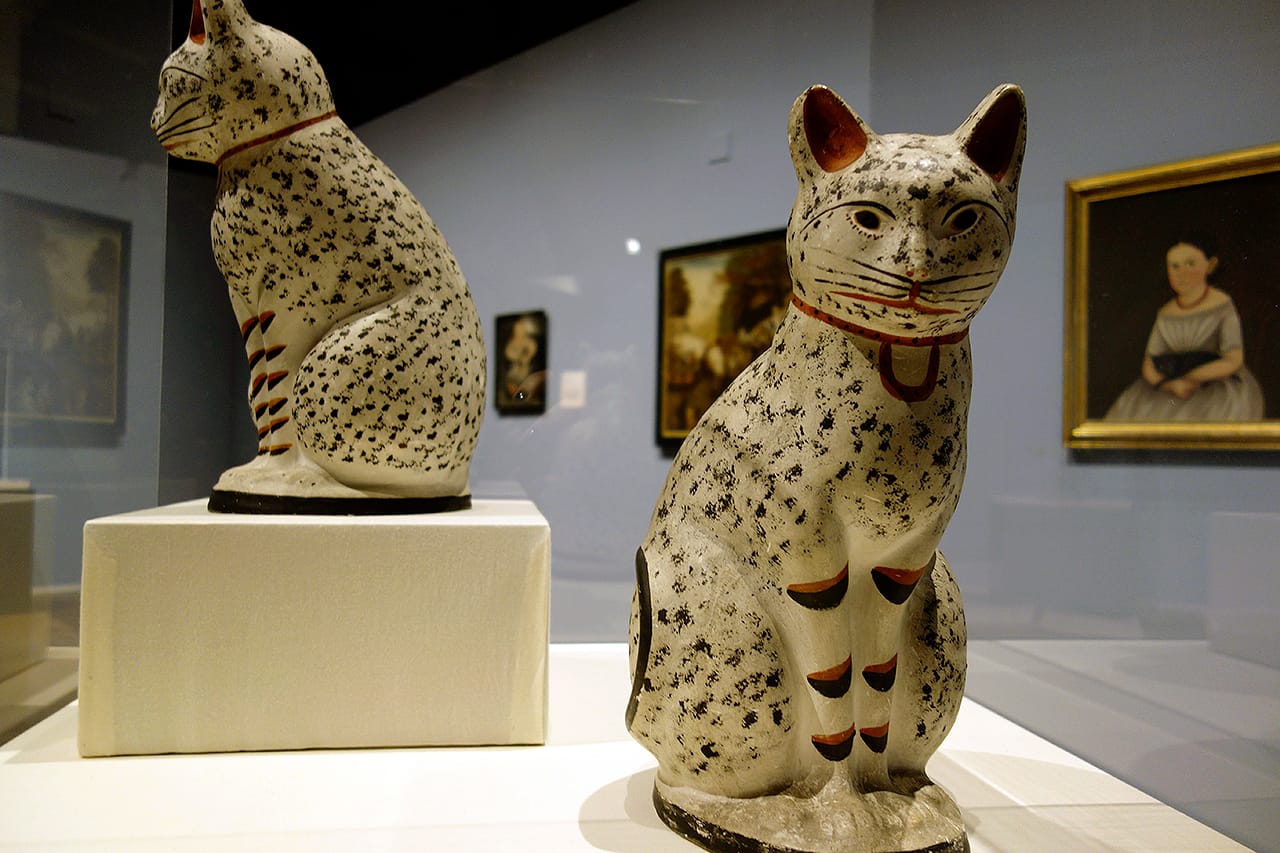
MEMPHIS — Chalkware was one of the earliest affordable arts available to a large population in the United States. Few survive, as the small sculptures molded from plaster or ground gypsum chipped easily and were impossible to clean, yet the populist influence of the folk art is still visible in a surprising place: the stuffed animal prizes of carnival games.

A couple of beautifully preserved chalkware cats from around 1850 to 1900 are on view in Wonder, Whimsy, Wild: Folk Art in America at the Memphis Brooks Museum of Art in Memphis, Tennessee. The touring exhibition, initially staged as A Shared Legacy at the American Folk Art Museum, is curated from the collection of Barbara L. Gordon and focuses on the folk art of New England and the Midwest from 1800 to 1925. Carousel animals, illustrated family histories, a sculpture of a smoking lady once outside a tobacco shop, and a huge set of carved wooden dentures made to advertise a dentist are among the objects on view in the colorful galleries.
The exhibition emphasizes how many of these artisans and self-taught creators were making affordable alternatives to high-end decorative art. The Brooks Museum happens to be showing Decorative Arts Trust: A 35th Anniversary as well, which is an exhibition that demonstrates how while the elite were furnishing their homes with mahogany, the middle class was purchasing poplar, often decorated in ways that merged American and European traditions. An 1815–25 chest on view made in Centre County, Pennsylvania, from tulip poplar and white pine, has floral flourishes reminiscent of German crafts.
Likewise, chalkware, often called “images,” was an accessible take on the expensive Staffordshire ceramics. For just 15 cents (a couple of dollars today), a household could buy a pastoral scene, bust of a famous figure, animals, or even a couple of matching spaniels copying the most popular Staffordshire design. According to Jean Lipman’s American Folk Art in Wood, Metal and Stone, chalkware was “the cheapest available form of household ornament” in the United States.
In the 19th century it was mostly crafted by German-American artisans in Pennsylvania around Lancaster and Philadelphia, and sold door-to-door by peddlers. Sometimes these peddlers might carry plaster or gypsum and molds to set up temporary shops at country markets. Depictions often show them balancing a board of the fragile, hollow sculptures on their heads, such as this one below by Francis William Edmonds at the New-York Historical Society.
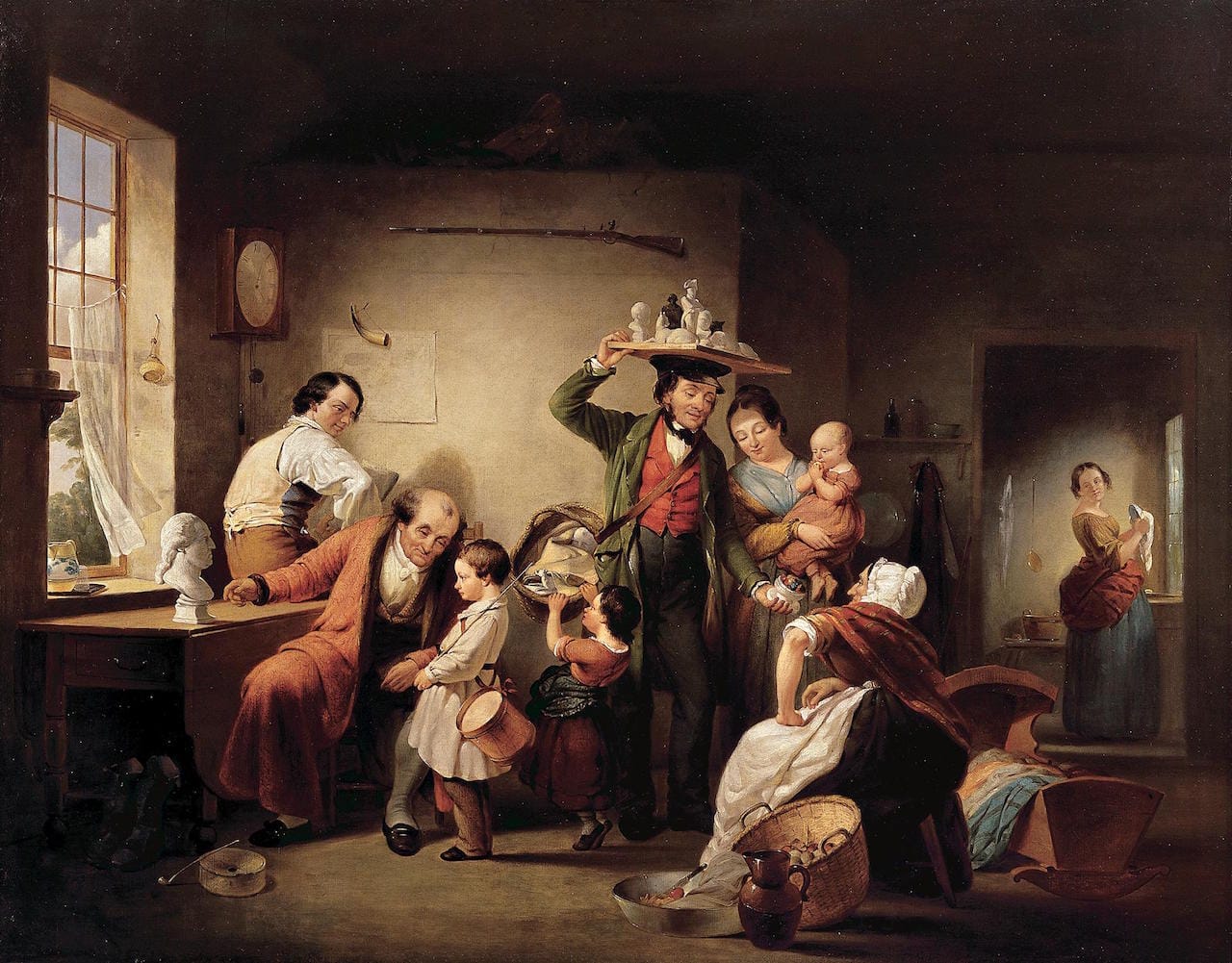
All chalkware started out white, then was colored with water or oil paints. The cats in Wonder, Whimsy, Wild are delicately painted with long, straight whiskers, brush splotches for their fur, a few stripes on their legs, and angled, inquisitive eyes. Chalkware lost popularity at the end of the 19th century. However, it experienced a curious afterlife when around 1890 chalkware was widely sold to circuses and carnivals for use as prizes in games, where it endured into the 20th century before being replaced by cuddlier rewards. So when you win a stuffed animal at the ring toss today, there’s a link back to this affordable art tradition of the 19th century.
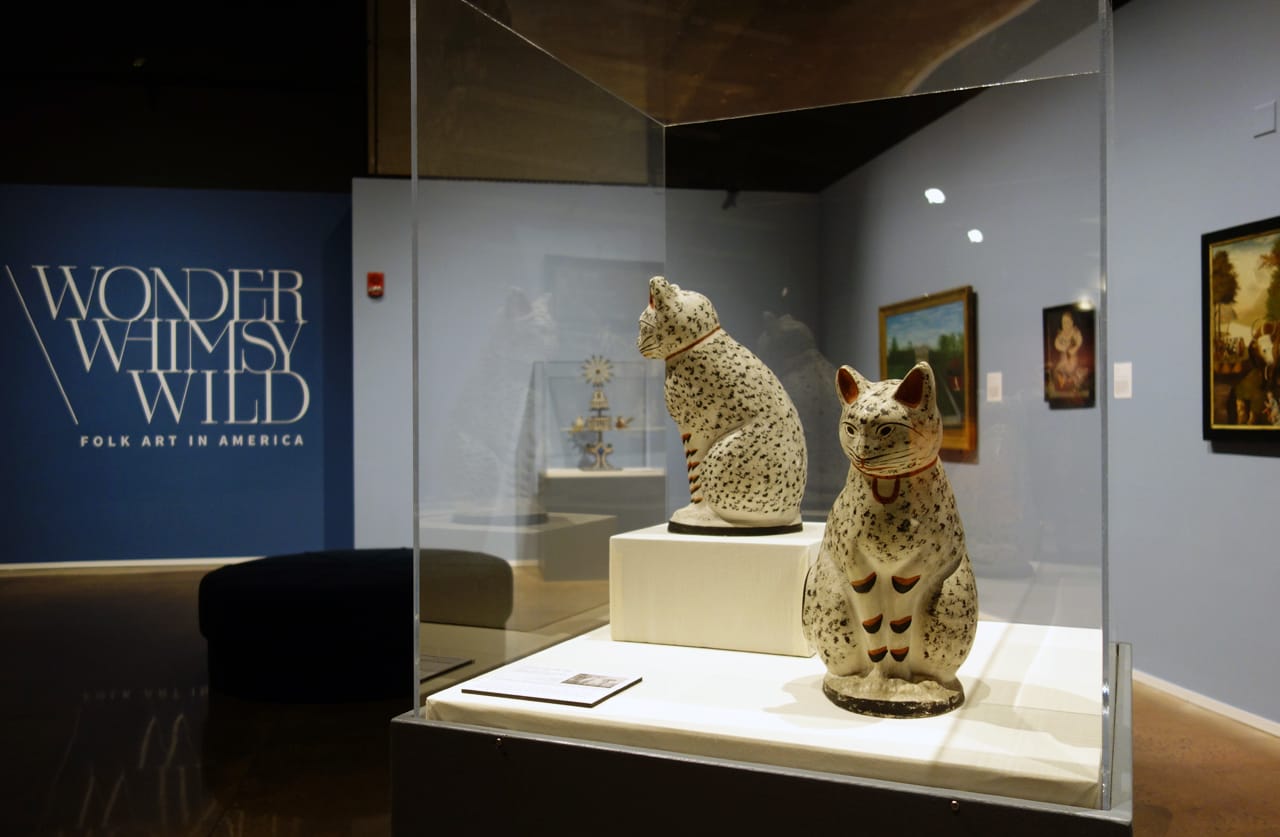
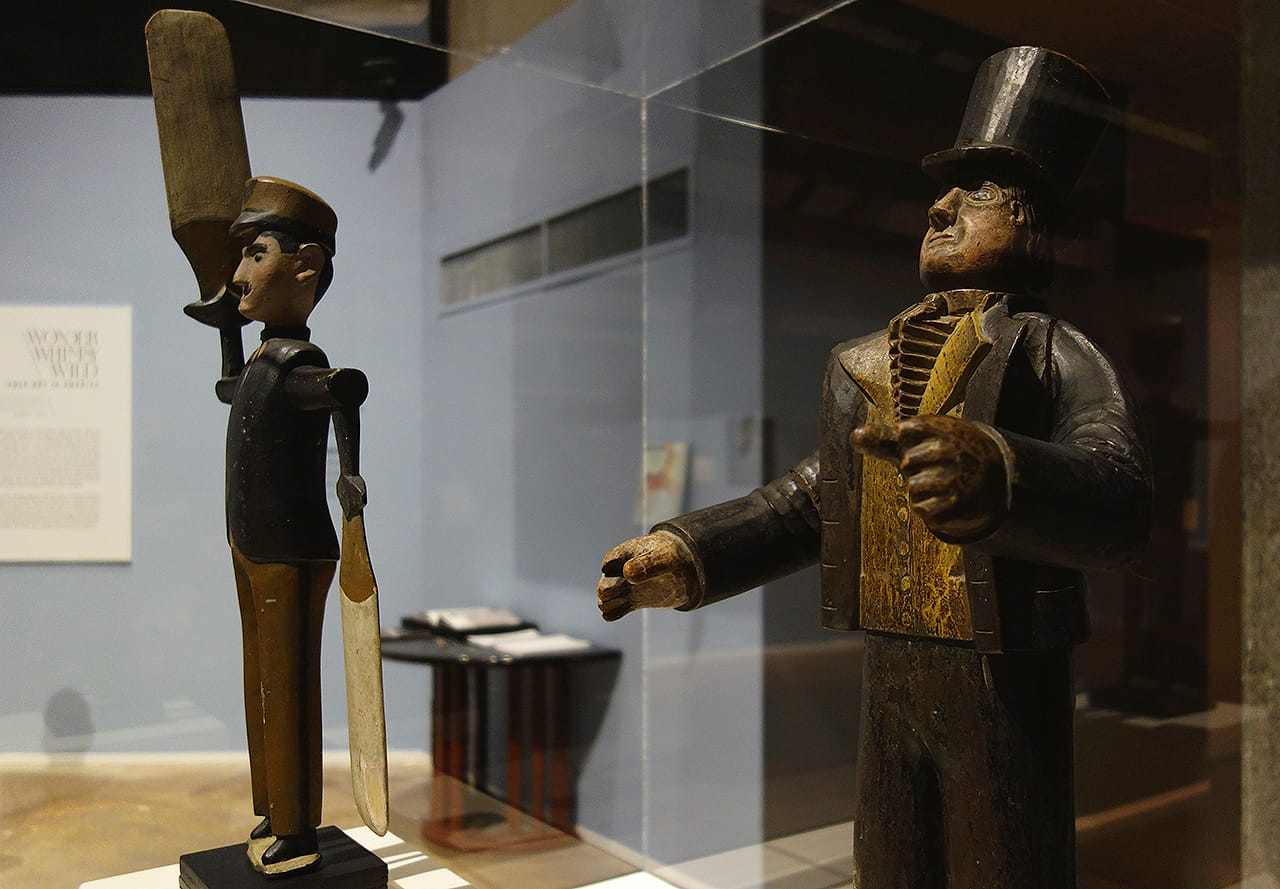
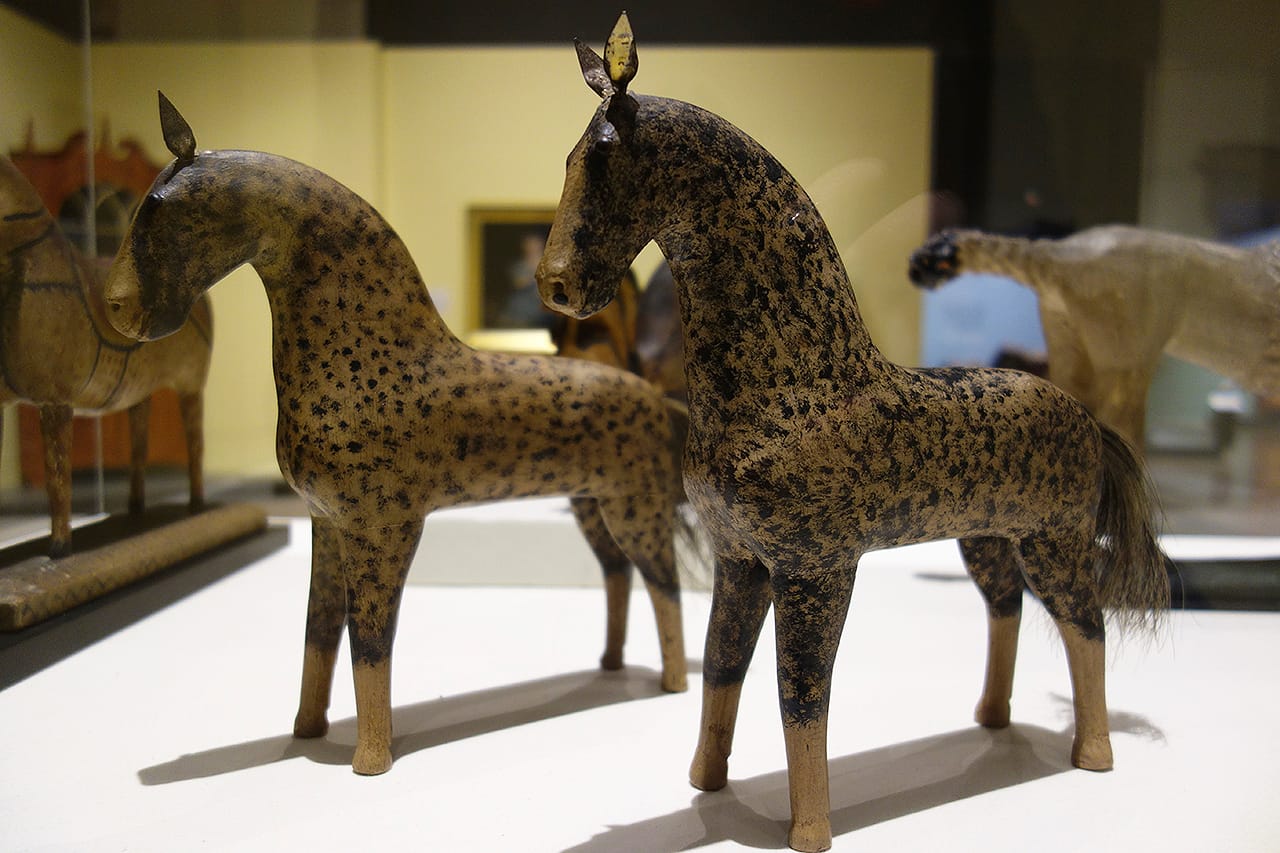
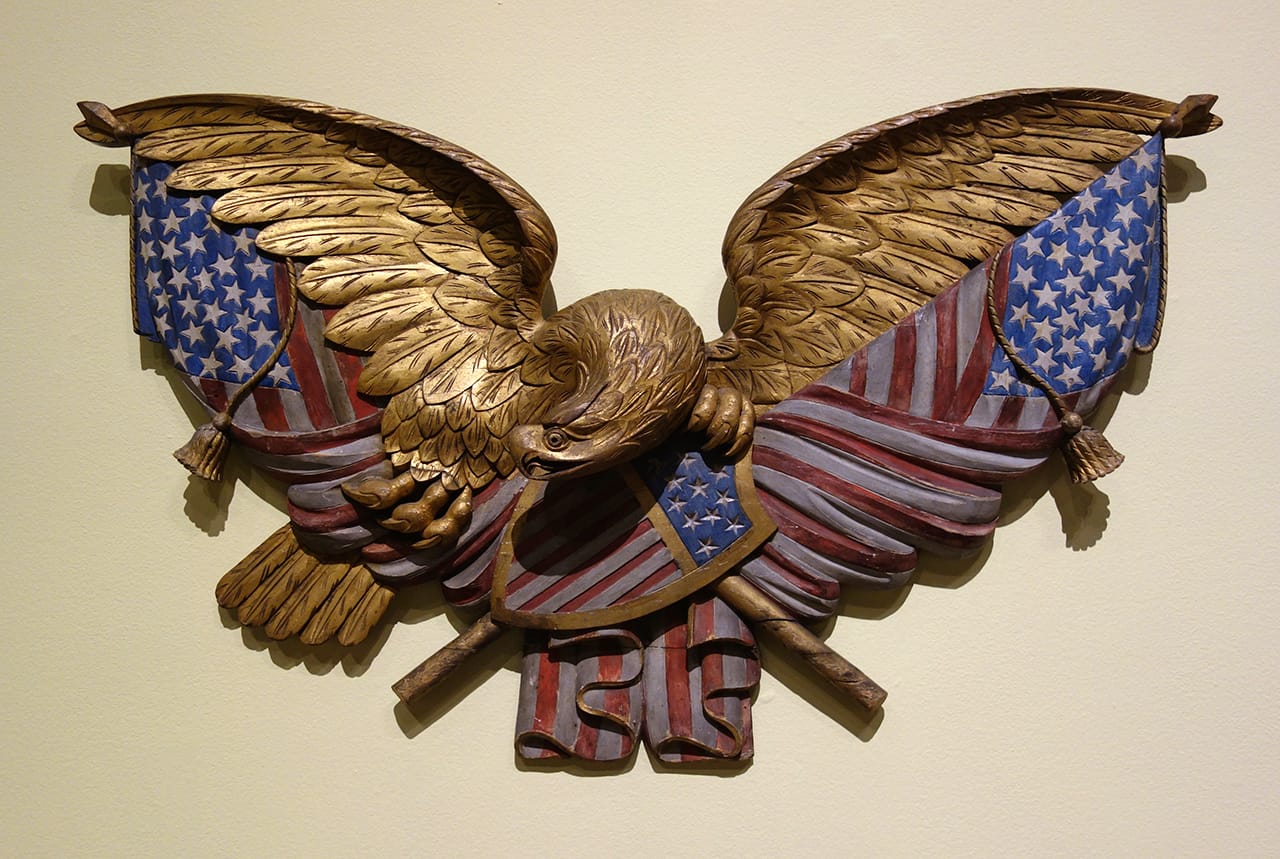
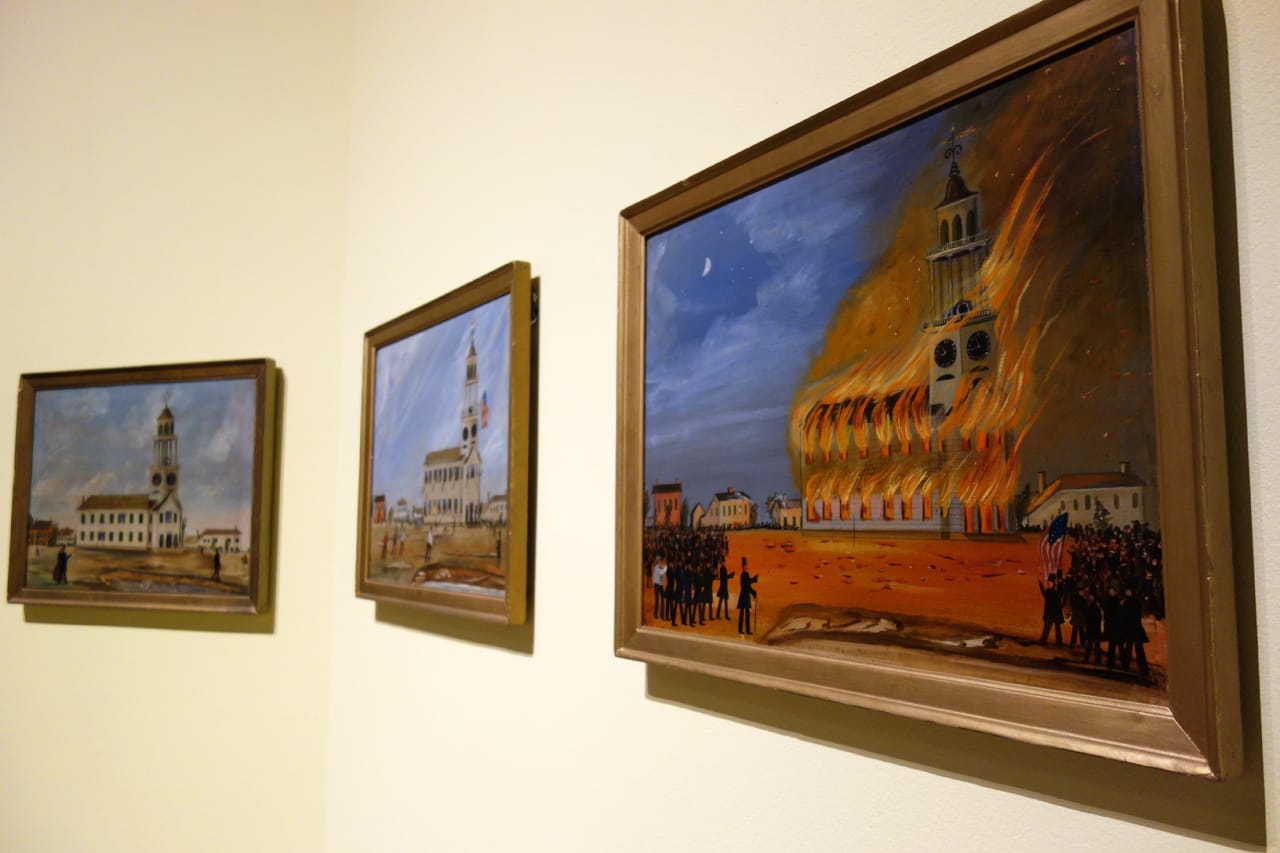

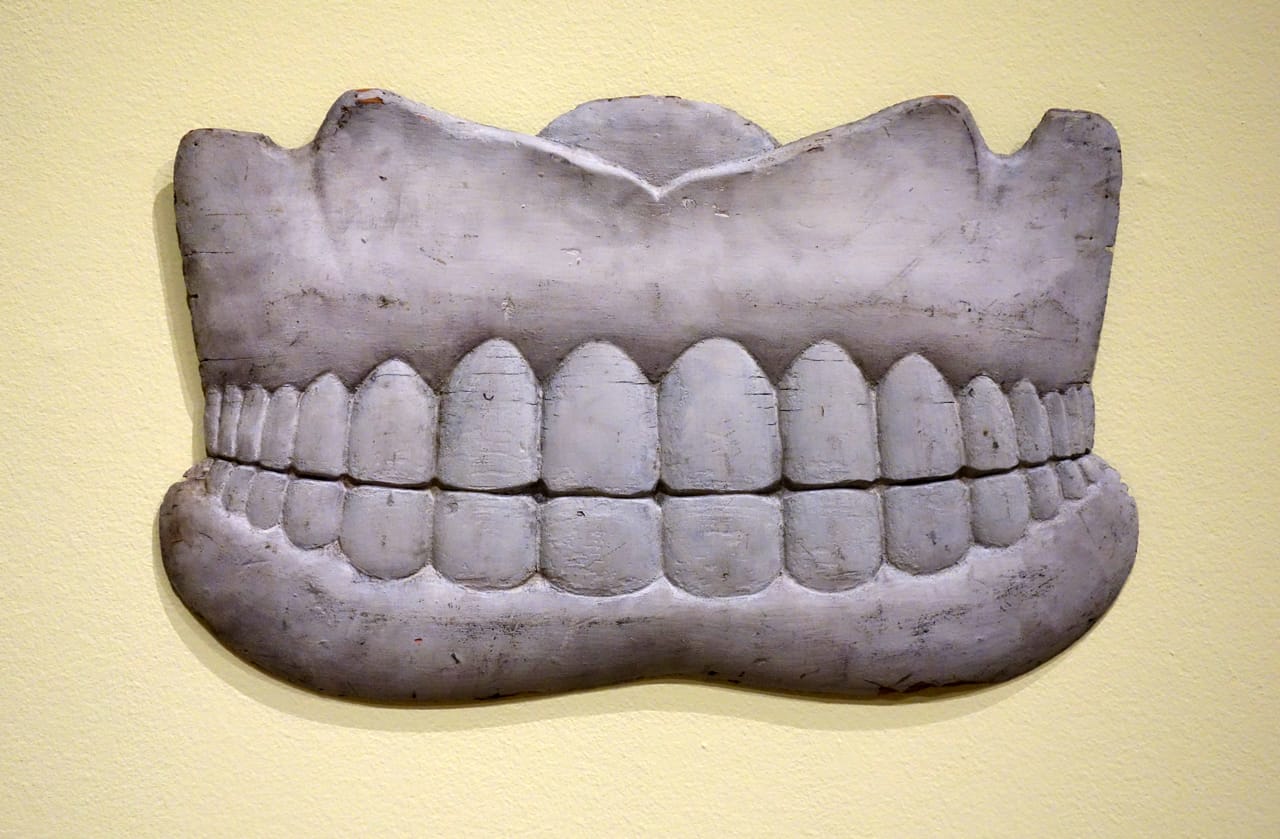
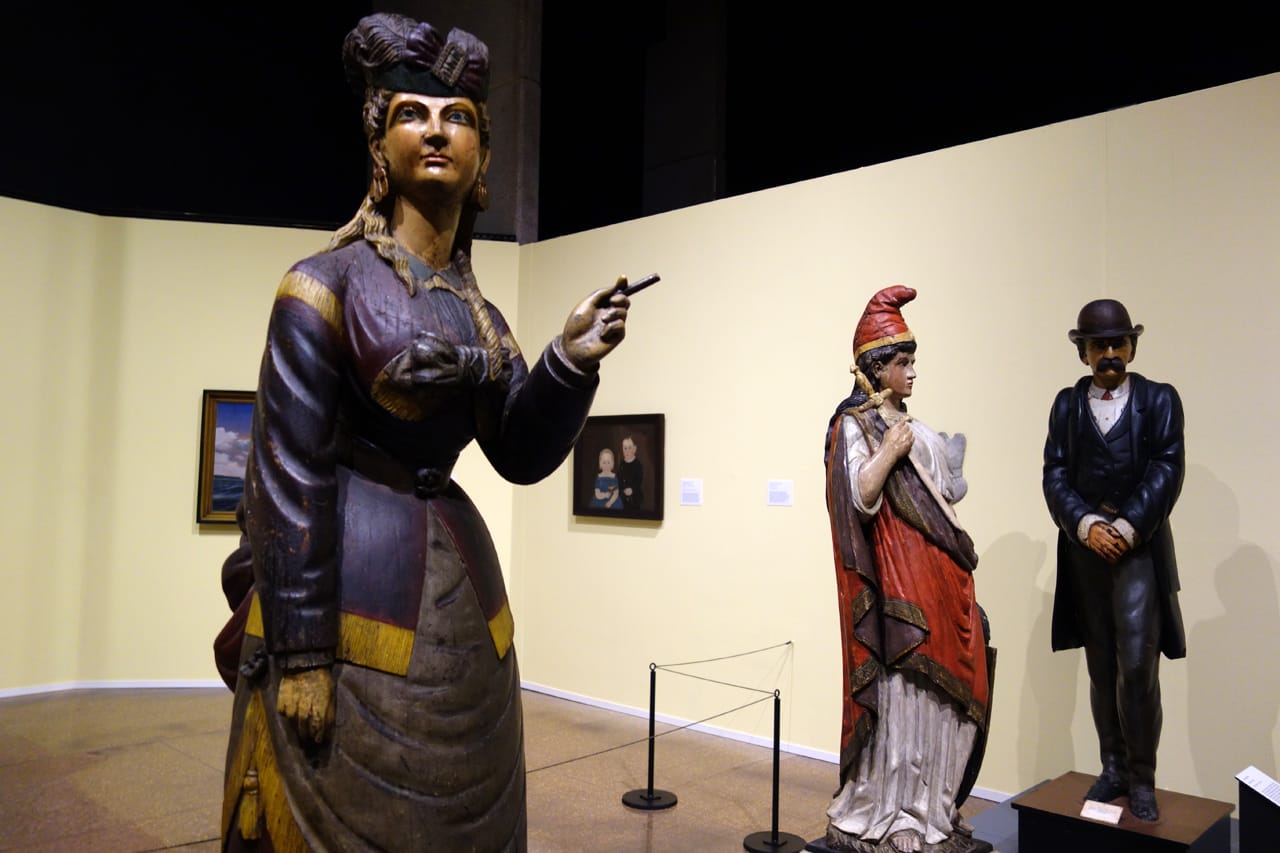


Wonder, Whimsy, Wild: Folk Art in America continues at the Memphis Brooks Museum of Art (1934 Poplar Avenue, Memphis, Tennessee) through February 28, 2016.





